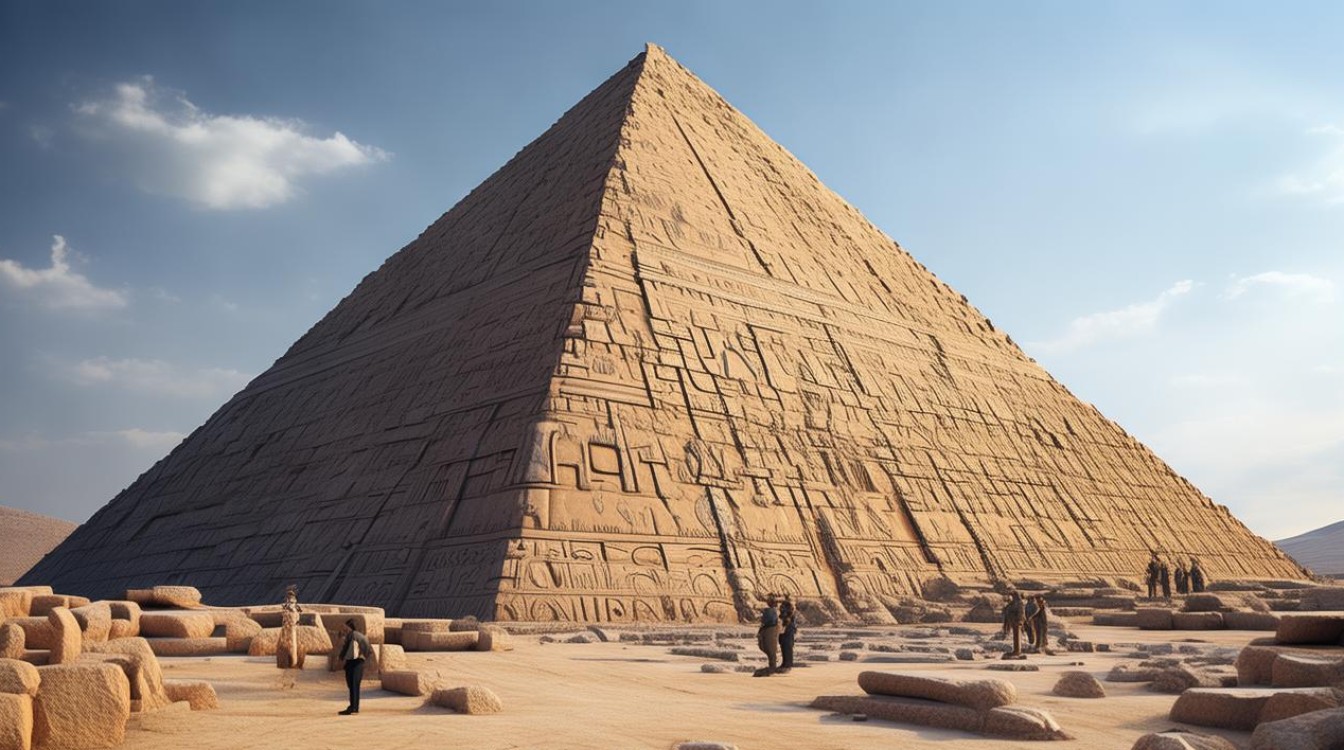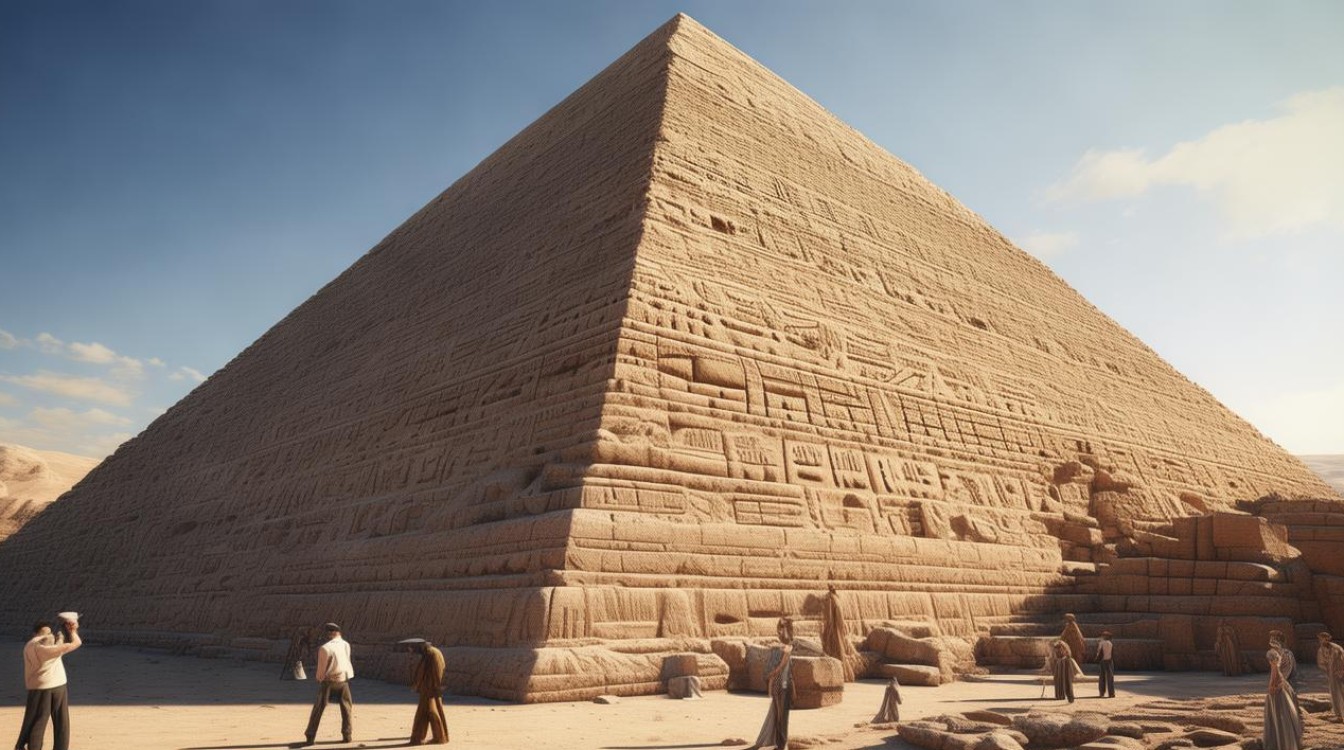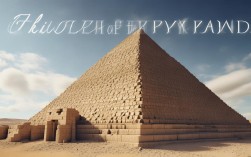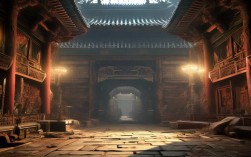The pyramids of Egypt, particularly the Great Pyramid of Giza, stand as enduring testaments to the ingenuity and mystery of ancient civilizations. Built over 4,500 years ago, these monumental structures have fascinated scholars, explorers, and the public alike, not only for their grandeur but also for the countless unanswered questions surrounding their construction, purpose, and the secrets they may still hold. Despite centuries of research, many aspects of the pyramids remain enshrouded in mystery, fueling speculation and driving ongoing archaeological investigations.

The Construction Conundrum
One of the most perplexing mysteries is how the ancient Egyptians managed to construct such precise and massive structures with the limited technology available at the time. The Great Pyramid, originally standing at 146.5 meters (481 feet), was the tallest man-made structure in the world for over 3,800 years. It comprises an estimated 2.3 million stone blocks, each weighing an average of 2.5 to 15 tons, with some blocks in the inner chambers weighing up to 80 tons. The question of how these blocks were quarried, transported, and lifted into place has long puzzled researchers.
Traditional theories suggest that ramps were used to move the blocks, but the exact design of these ramps—whether straight, spiral, or a combination—remains a subject of debate. Additionally, the precision of the pyramid’s alignment is astonishing: its four sides are aligned almost perfectly with the cardinal points (north, south, east, west), with an error margin of less than 0.05 degrees. Given that the ancient Egyptians did not possess tools like the compass or modern surveying equipment, how they achieved such accuracy is still unknown. Some hypothesize that they may have used astronomical observations, such as tracking the stars, to orient the pyramids, but the exact method remains speculative.
Internal Chambers and Hidden Passages
The internal layout of the pyramids is another source of mystery. While the Great Pyramid’s main chambers—the King’s Chamber, Queen’s Chamber, and Grand Gallery—are well-documented, there are numerous unexplored passages and voids that have only recently been detected using modern technology. In 2017, the ScanPyramids project, a non-invasive research initiative, discovered a large, previously unknown void above the Grand Gallery, dubbed the “ScanPyramids Big Void.” Its purpose remains unclear, with some suggesting it could be a structural space, while others theorize it might be an undiscovered chamber.
Similarly, the Pyramid of Khafre, the second-largest at Giza, contains a mysterious “statue niche” in its underground chamber, and the Pyramid of Menkaure features a granite sarcophagus that is too large to have been moved through the passageway. These anomalies raise questions about whether the pyramids were designed with hidden chambers or secret passages, possibly containing artifacts or knowledge lost to time.

The Purpose Beyond Tombs
While the pyramids are widely believed to be tombs for pharaohs, this traditional explanation does not account for all their features. For instance, the Great Pyramid’s internal chambers lack the elaborate decorations and burial goods typically found in Egyptian tombs. The sarcophagus in the King’s Chamber is also undecorated, and there is no evidence that Khufu (the pharaoh it is attributed to) was ever buried there. Some researchers propose that the pyramids may have served multiple purposes, such as astronomical observatories, religious temples, or even symbols of the pharaoh’s power and connection to the gods.
A more controversial theory suggests that the pyramids were part of a complex energy system, possibly harnessing electromagnetic or cosmic energy. Proponents of this idea point to the precise alignment of the pyramids with certain stars and the presence of shafts in the King’s and Queen’s Chambers that align with specific stars, such as Orion’s Belt. However, these theories lack concrete evidence and are not widely accepted by mainstream Egyptologists.
The Alien Hypothesis
Perhaps the most famous (and least scientifically supported) theory is that the pyramids were built with the help of extraterrestrial beings. Proponents argue that the level of mathematical and astronomical knowledge required to construct the pyramids far exceeded what ancient Egyptians possessed, suggesting they received guidance from advanced alien civilizations. This theory is often fueled by the pyramids’ precise dimensions, which some claim align with mathematical constants like pi (π) and the golden ratio. However, scholars dismiss this hypothesis, emphasizing that ancient Egyptians had a sophisticated understanding of mathematics, astronomy, and engineering, as evidenced by other structures and texts like the Rhind Mathematical Papyrus.
Ongoing Discoveries and Future Research
Advances in technology, such as 3D scanning, thermal imaging, and particle physics, continue to shed new light on the pyramids’ mysteries. For example, in 2020, archaeologists discovered a 3,000-year-old papyrus in the port of Wadi al-Jarf that detailed the construction of the Great Pyramid, providing insights into the logistics of labor and supply management. Similarly, the use of muon radiography (a technique that uses subatomic particles to penetrate stone) has helped map internal voids without invasive excavation.

Despite these breakthroughs, many questions remain. How did the ancient quarry, transport, and lift massive stones? What was the purpose of the hidden voids? Were the pyramids used for more than just burial? As research continues, the pyramids continue to remind us of the limits of our knowledge and the enduring allure of ancient civilizations.
FAQs
Q: How did ancient Egyptians align the pyramids with such precision without modern tools?
A: While the exact method remains uncertain, scholars believe the Egyptians used astronomical observations. One theory suggests they tracked the circumpolar stars (stars that never set) to establish a north-south axis, then bisected the angle created by the rising and setting of the star Thuban (which was close to the North Pole during that era) to find east and west. This method, combined with careful surveying using tools like the grommet (a stake and rope system), could explain the pyramids’ remarkable alignment.
Q: Is there evidence to support the theory that aliens helped build the pyramids?
A: No, there is no credible scientific evidence to support the alien hypothesis. Mainstream Egyptologists argue that the pyramids were built by ancient Egyptians using advanced engineering techniques, extensive labor forces, and deep knowledge of mathematics and astronomy. Archaeological findings, such as workers’ villages, tools, and construction records, confirm human involvement. The alien theory, while popular in popular culture, lacks empirical support and is considered pseudoscience by the academic community.











